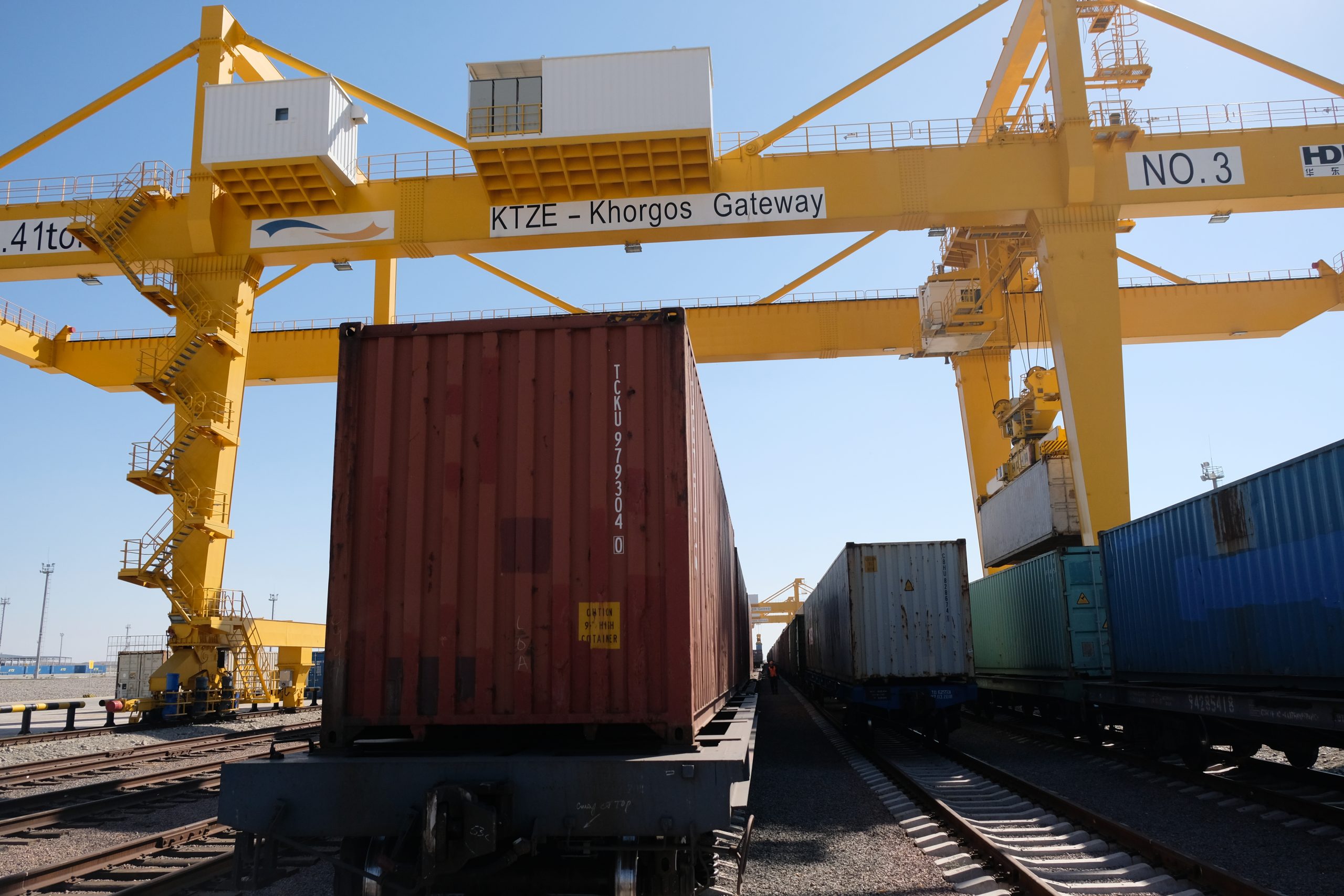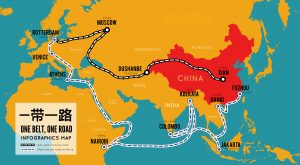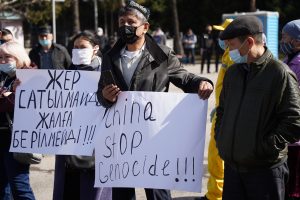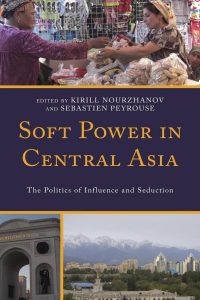China’s Western Horizon: Beijing and the New Geopolitics of Eurasia
Daniel S. Markey, China’s Western Horizon: Beijing and the New Geopolitics of Eurasia. (Oxford: Oxford University Press, 2020).
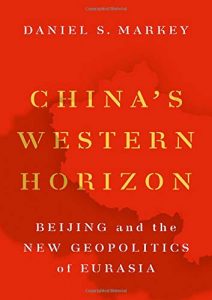
Daniel Markey has written a valuable book on an important topic: the growing role of China in Eurasia, particularly through its sprawling Belt and Road Initiative (BRI). Markey structures his book around specific case studies from South Asia, Central Asia, and the Middle East, with each section beginning with a historical overview of China’s engagement with that particular region. He then proceeds to assess the extent to which the political systems and local dynamics of those countries shape their relations with China.
The book takes a broad view of the topic, highlighting the foreign policy transition under Chinese President Xi Jinping from “keeping a low profile” to “striving for achievement” (p. 20). China has become increasingly assertive around the world and more ambivalent to its long-established principle of “non-interference” – except when defending its own domestic human rights violations (pp. 23-25).
Markey predicts that China’s rising role will have serious ramifications for local economies. Among them are debt traps, dependence on Chinese arms supplies, expanding use of Chinese surveillance technologies, and a growing Chinese military presence (pp. 91, 114-115, 167). Some of these scenarios have already started happening; it is no secret that Kyrgyzstan and Tajikistan have experienced serious problems paying back their debts to Beijing. Markey also notes that local elites across the region continue to stay indebted personally and politically to China (p. 164). This conclusion runs contrary to the views of some scholars who link China’s success in socializing other countries to its ability to create “communities of practice;” China does not dictate “what to do” but stresses the supremacy of sovereignty and mutual respect.
The author approaches Central Asia mainly as an object of competition between great powers. But he nevertheless has an eye for detail. Through interviews, he tries to speak from an insider’s perspective and stresses the importance of local realities, an approach that is unfortunately lacking in many other studies of the region. He avoids a narrow understanding of the term “political” and includes broader social domains in his analysis. To explore the situation on the ground, Markey even visits some of the infrastructure objects that form a part of the BRI, such as the Khorgos dry port on the border between Kazakhstan and China. While the book is rich in methods, it is rather weaker in theory. There are a number of studies that argue that the topic of China and the BRI should be explored through an eclectic use of various theoretical perspectives, because it involves both the material and normative aspects of power.[1]Markey shies away from such debates, offering an engaging descriptive account of what is happening in the region.
A key case study, Kazakhstan, is presented as an object of competition between Russia and China. This view is very common among the Kazakh ruling elites, who seem to support the dependency discourse. For example, in 2019 during a Valdai Club session, Tokayev suggested that Russia should be more active in Central Asia because the region used to be a part of the Russian empire. It is not unusual for countries like Kazakhstan, locked between two great powers, to try and benefit from cooperation with both centers, a concept known as “interface periphery.” He mentions two roles that seem to be often ascribed to those countries, with China being seen as a “purse” and Russia as a “gun” (p. 163).
Markey suggests that in general “Moscow [has] a superior geopolitical status in the region, with Beijing accepting a secondary role” (p. 107). But this is already being challenged, especially considering Kazakhstan’s pivot to China, which has clearly acquired a political dimension. Being flattered by Kazakhstan’s entanglement into the BRI and seeing any anti-China sentiment as a potential threat to the country’s well being, the Kazakh authorities sealed off public discussions related to the transparency of investment contracts signed between the two governments. Nevertheless, there is “serious Sinophobia” in Kazakhstan, as Markey describes it (p. 96), which has not yet been fully addressed by the government.
Markey portrays Russia and China’s relations as potentially fractious with “geopolitical turmoil” being a real possibility (p. 7). On the other hand, Markey also observes that even though China’s activities in Central Asia seem to create tensions, “Russia and China are playing a global game not confined to [the region]” (p. 116) and thus an imminent breakdown of their relations is not very likely. In general, China and Russia do not seem to be irreconcilable for the time being: Xi and Putin often stress their close friendship and similar understanding of the global order (pp. 108-109).
Lastly, the book discusses the detention of Muslims from Xinjiang, including ethnic Kazakhs and Kyrgyz, in re-education camps. As Markey observes, this sensitive issue seems to be largely ignored in the diplomatic relations between China and the countries he studies – all of which are predominantly Muslim. According to the author, such behavior serves the commercial interests of the ruling elites. For example, in Kazakhstan people have religious, historical and even ethnic ties to Xinjiang Uyghurs and there are also many Xinjiang Kazakhs that were detained, some of them even being citizens of Kazakhstan. And despite all of this, the Kazakh government actively tries to silence any criticism of China’s actions. Even though the full picture seems to be more complicated, I suspect Markey’s description of the issue is quite correct.
There remains much to be said about the increasing role of China in Eurasia, which makes this book very interesting and timely. It makes a valuable addition to this discussion and should not be ignored by anyone interested in China’s foreign policy analysis and influence in Eurasia.
Gaziza Shakhanova currently works at the Jan Masaryk Centre for International Studies, University of Economics in Prague. Her research focuses on Central Asia’s relations with China and Russia.
[1] For example, Garlick, Jeremy (2019). The Impact of China’s Belt and Road Initiative: From Asia to Europe (1st ed.). Routledge; Zhou, Weifeng & Mario Esteban (2018). Beyond Balancing: China’s approach towards the Belt and Road Initiative, Journal of Contemporary China, 27:112, 487-501; Kavalski (2013, 2009).

